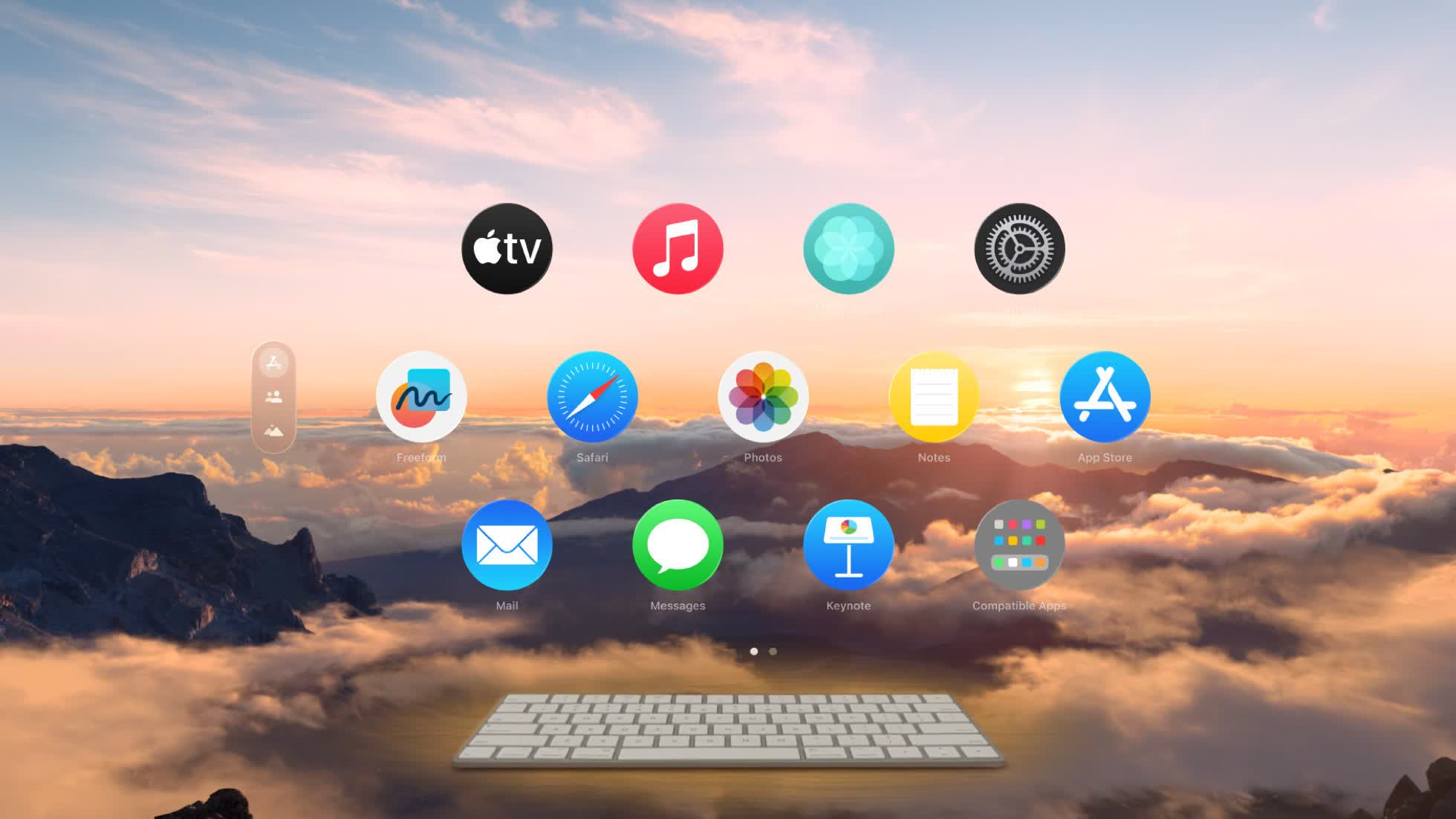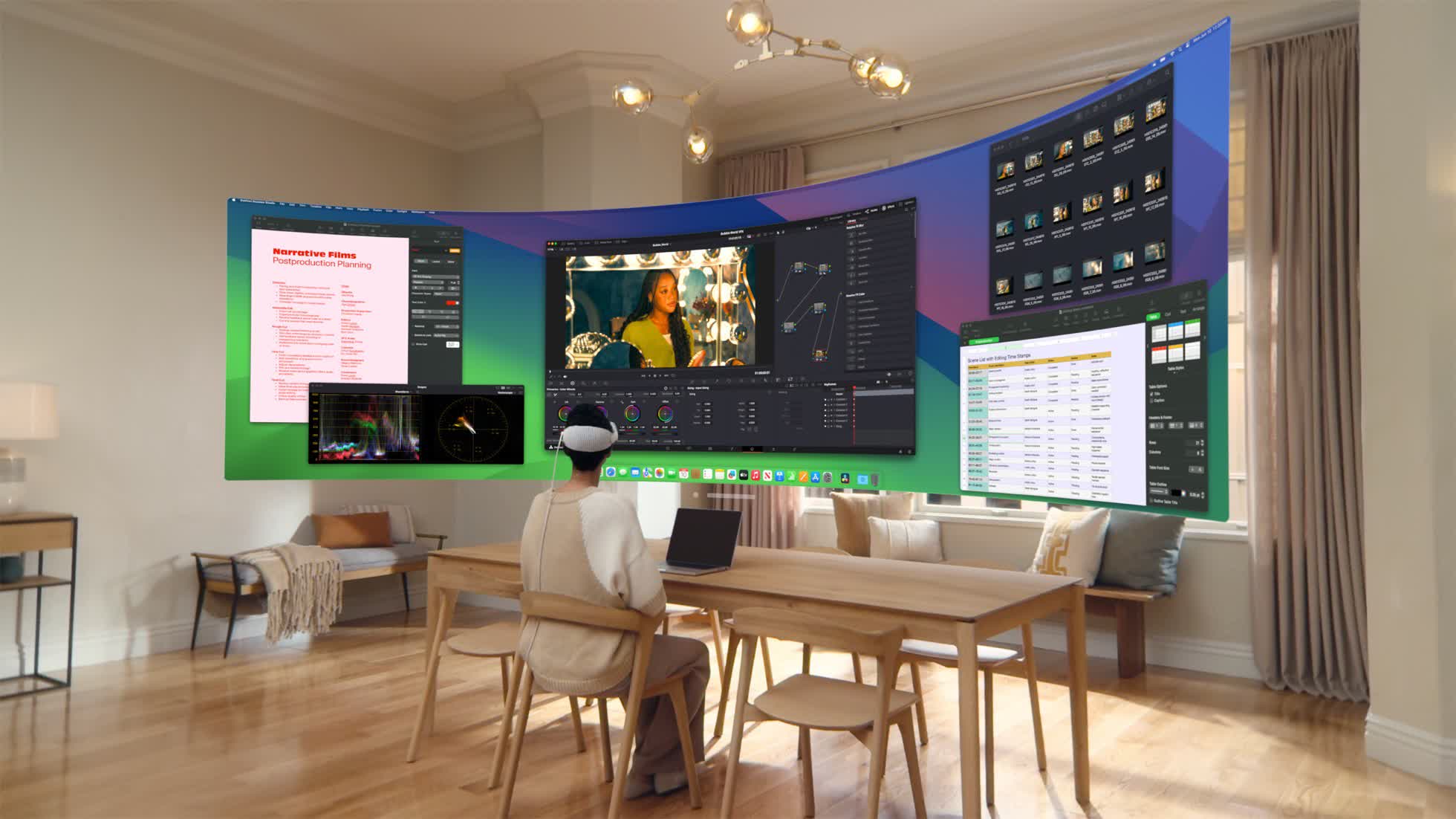Something to look forward to: Despite having only launched in February, Apple plans to deliver visionOS 2 before the end of the year. The full-iteration version may seem premature and braggadocious at first. However, Cupertino is likely trying to transition it into the regular fall schedule of annual OS upgrades. That said, visionOS 2 has some cool new features that Apple claims come from extensive user feedback.
First up is a one-touch image converter that turns your regular photos into life-size "spatial photos." This feature is not a rehash of Apple's rudimentary 3D tech that moves the background behind the subject when you tilt your phone.
This time, the technology leverages machine learning to create left-eye and right-eye views resulting in realistic depth. The feature works with any photos in your library, not just those taken with the Vision Pro's dual cameras or with Canon's new EOS R7 spatial lens, which is due out later this year.
VisionOS 2 also adds an "ultrawide" display option for Mac Virtual Display. Having a large 4K display is nice when working on a MacBook. Vision Pro worked as a virtual display for macOS from day one, but now it has improved resolution and ultrawide support. Apple says it's like having two 4K monitors that curve around you (as seen on the top photo) although the resolution of the Vision Pro doesn't quite get you there as the pixels are much closer to your eyes than you would on a Mac's Retina display.
Rounding out the macOS interoperability is mouse support and a new feature allowing users to see their physical Magic Keyboard, even when immersed in an environment or app. Vision Pro's Safari browser now supports immersive video viewing in any "Environment." Additionally, any panoramic photos hosted online will wrap around the users with just a tap.

On the developer side, visionOS now has some new "volumetric" APIs that make it easier for app creators to incorporate 3D objects and environments into their software. For instance, TabletopKit lets creators design and build apps centered around a table, like board games or a 3D workstation for enterprise workers.
It also has tools explicitly created for various industries, including health care, manufacturing, aerospace, automotive, and more. VisionOS 2 has APIs ranging in function from barcode scanning to object tracking and virtual manipulation.
Apple made a developer preview of visionOS 2 available starting today, but it didn't mention a public release date. Of course, it's safe to assume that Cupertino plans to unveil it when it launches the rest of its OS lineup this fall. Check out the visionOS 2 preview on Apple's website for further details.
